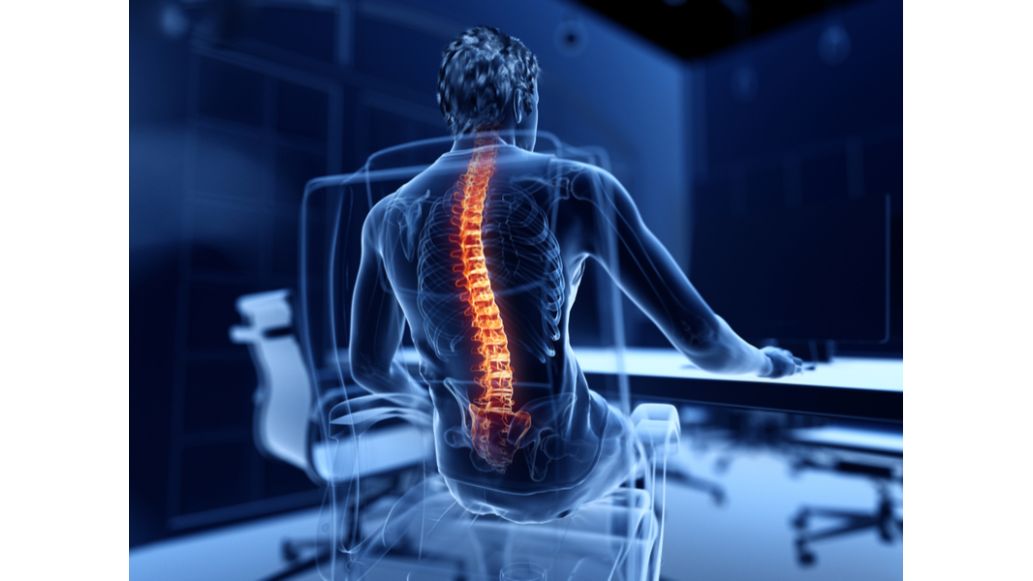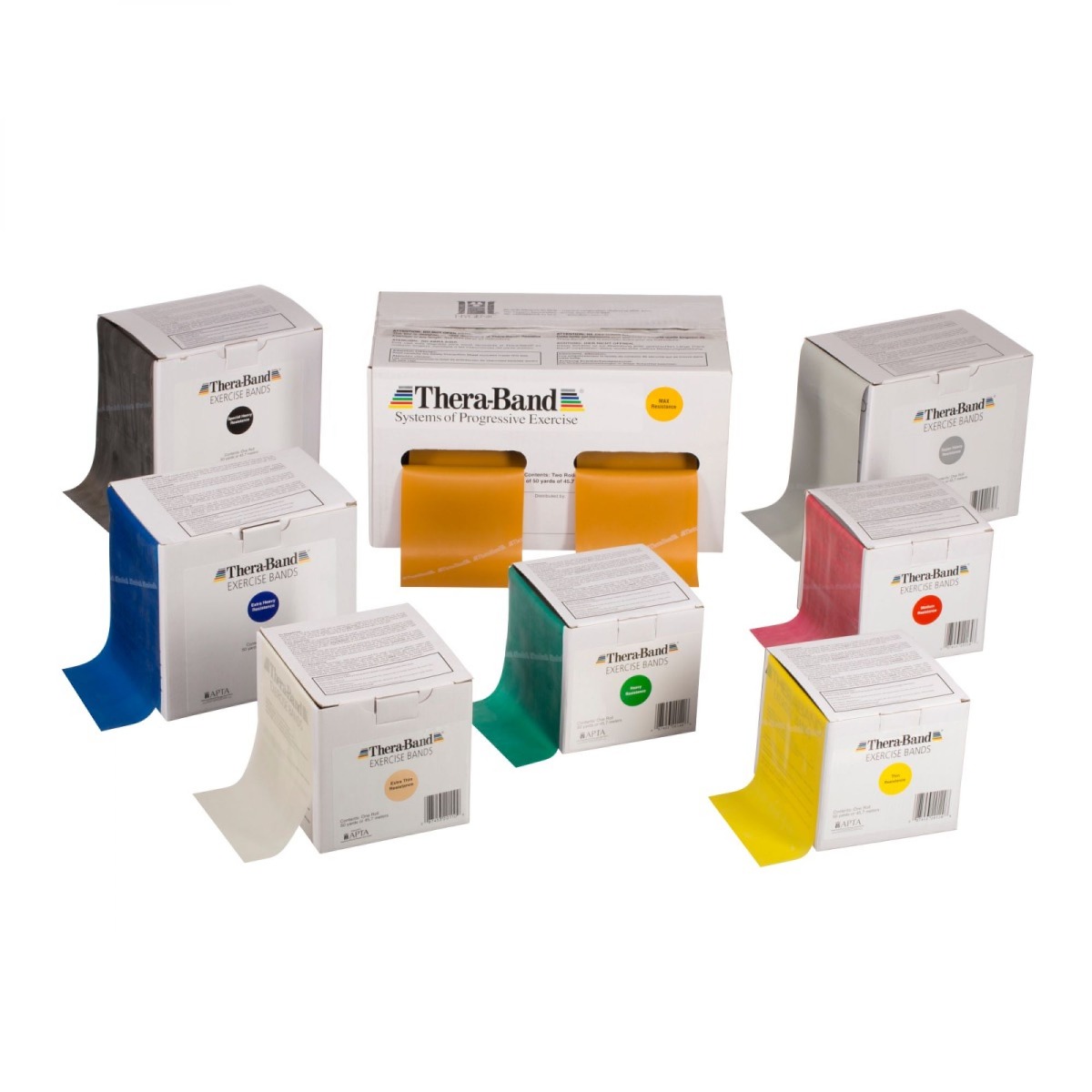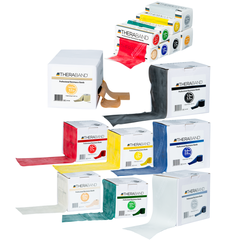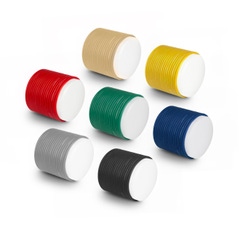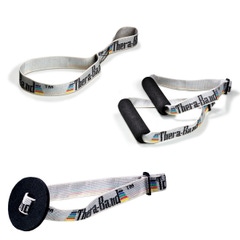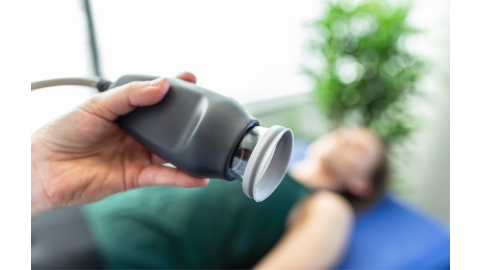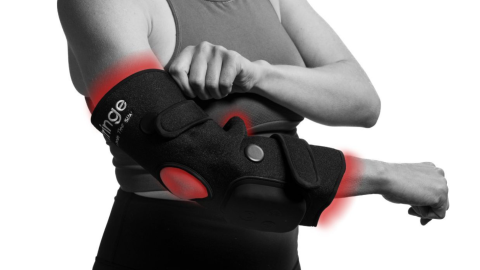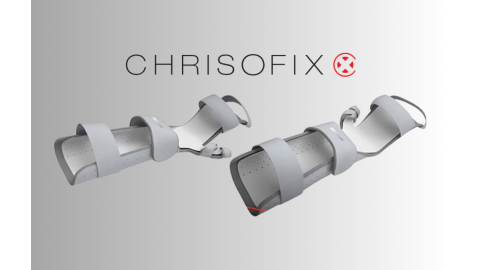All spines have a normal curve when viewed from the side. The thoracic spine has a normal kyphotic curve outward. But kyphosis is a term used by doctors to describe an exaggerated rounding of this curve. This can give the person a hump in their back, historically referred to as a “hunchback”.
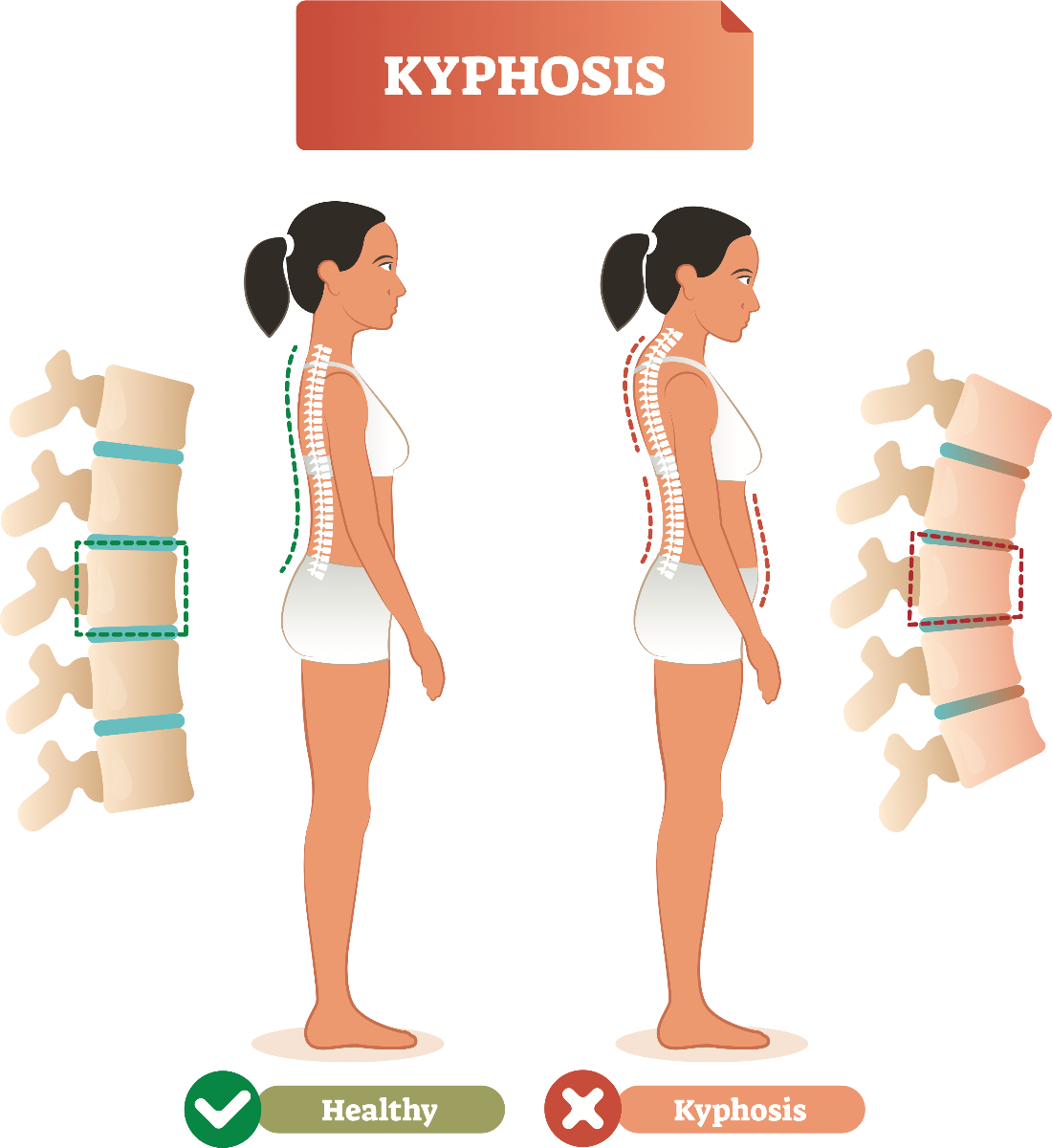
3 Common Types of Kyphosis
- Postural kyphosis is caused by poor posture and weak back muscles.
- Scheuermann's kyphosis is the result of a structural deformity, causing the vertebrae to become wedge shaped.
- Congenital kyphosis is the least common type of kyphosis. It’s caused by an abnormal formation of the vertebrae before birth.
Both postural and Scheurmann’s kyphosis can be improved by doing physical therapy exercises and maintaining better posture.
Exercises for Treating Kyphosis
Remember to always speak to a clinician or other health care professional before beginning a fitness program to determine if it’s right for you.
Foam Rolling
Foam rolling can increase spine flexibility and relieve tension in the muscles.
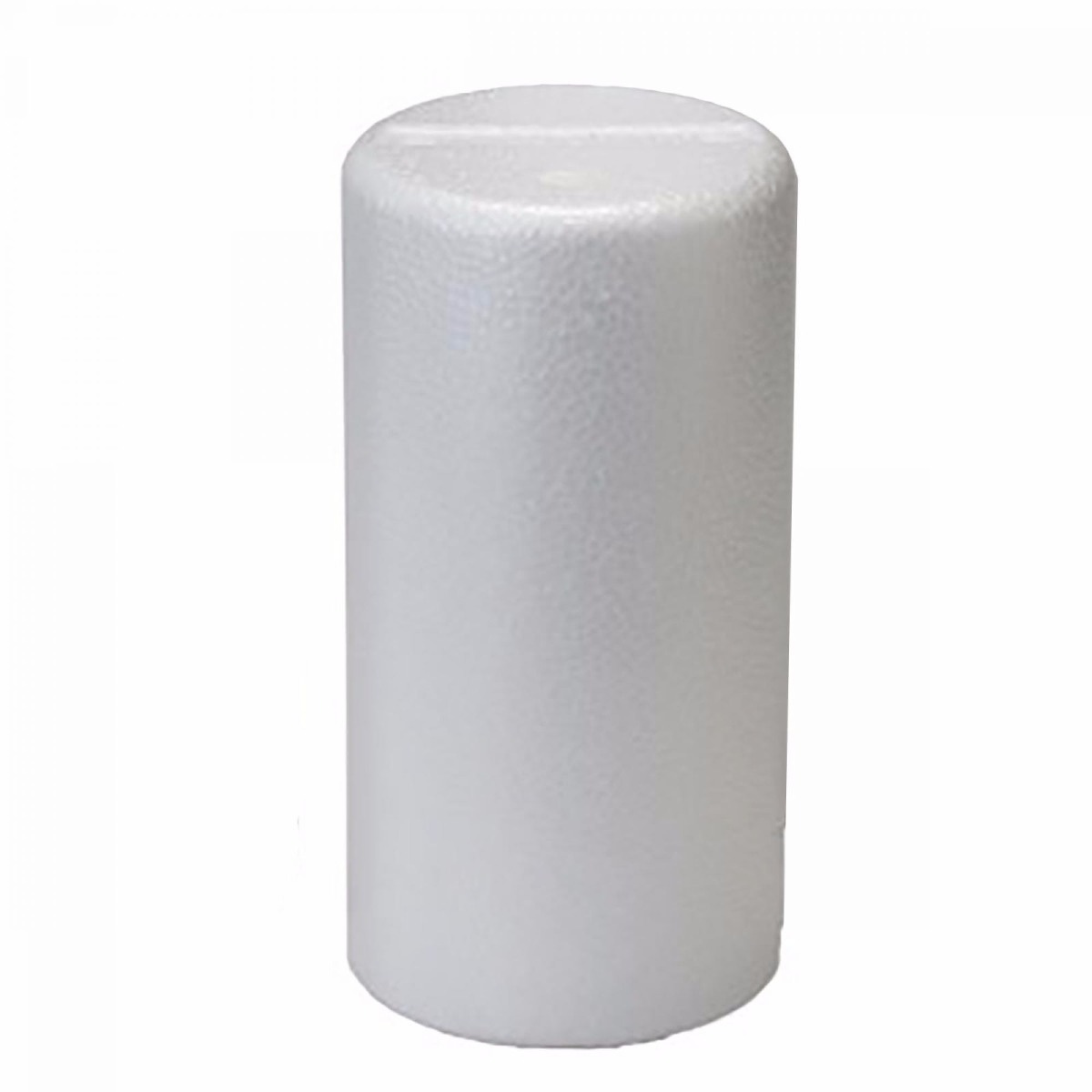
This roller is made out of closed cell foam. It’s highly durable and keeps its shape after multiple uses.
- Place the foam roller under your hips, across your lower back
- Lay on the floor with your feet planted on the ground and your knees bent
- Make sure your hands are comfortably behind your head
- Gently roll until the foam roller is just below your shoulder blades then roll back down to your lower back
- Repeat this exercise three times
- If you still feel any stiffness, roll back and forth on the area for 20 seconds
TheraBand Exercises
Research has proven that an exercise program involving TheraBand resistance bands can reduce kyphosis and improve spine strength. Another study found that elastic band exercises can prevent kyphosis from progressing further.
TheraBand resistance bands are great because they have a color coded resistance system. This lets you move up levels of difficulty as you progress and grow stronger. Non-latex bands are also available for people with latex sensitivities or allergies.
Supine on Foam Roller with Resisted Shoulder Flexion Exercise
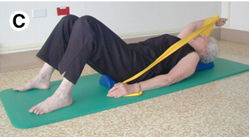
Image source: Archives of Physical Medicine and Rehabiliation
- Lay down with your back on top of the foam roller so it is positioned vertically down your spine
- Make sure your knees are bent and are your feet firmly on the floor
- Hold one end of the TheraBand resistance band in each hand with your arms flat at your sides
- Slowly raise one arm up and over your head as far as possible without pain
- Hold this position for a few seconds before lowering your arm
- Repeat five times
- Return to the starting position and repeat this exercise using the opposite arm
Side-Lying Thoracic Rotation Exercise
TheraBand Resistance Bands or Theraband Resistance Tubing can also be used in this exercise to improve kyphosis. Side-lying thoracic rotation exercises increase your torso mobility while improving stability in your lumbar spine and the rotator cuffs in your shoulders.
Follow along with this video and add a resistance band to increase resistance.
- Attach one end of the resistance band around a secure anchor
- Lay down on your right side with right leg straight and left leg and hip at a 90° angle while adding the foam roller under your left leg for additional support
- Grab the free end of resistance band with your left hand and raise your arm straight up towards the ceiling while placing your right hand on your left knee
- With your left arm straight, pull your arm towards the floor driving the left shoulder blade into the floor before pausing and then rotating back to vertical
- For an increase in range, remove the foam roller and drop your knee down to the floor while making sure your shoulder is able to reach the floor for proper form
- Turnover onto left side and repeat
Yoga Ball Exercise

Image source: motivationaldoc
Treating kyphosis is easy with a TheraBand PRO Series SCP Exercise Ball. It can be used to correct your posture and strengthen your core and shoulders. Try this exercise.
- Place your exercise ball on the floor and lay down on top of it with your stomach centered on the ball
- Lean all of the way forward
- Hold your arms out in front of you at 90° angles
- Extend your head upwards, pulling your shoulder blades together, and hold for five seconds
- Drop your head back down slowly, keeping your arms up
- Complete 2 sets of 12 repetitions each
Cushions and Supports
Back Cushions
Postural kyphosis is caused by bad posture. This means the right back support can help improve your posture when seated.
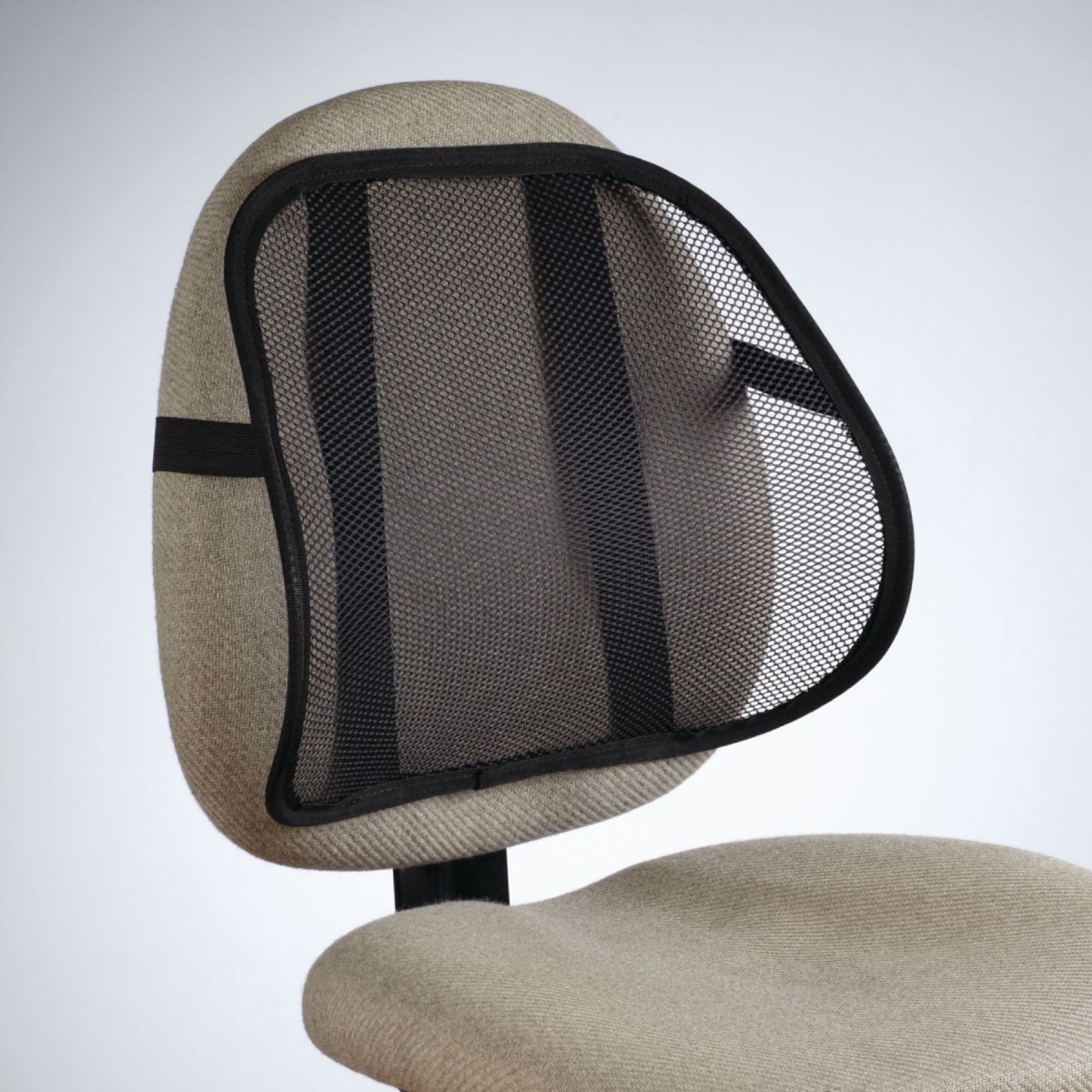

A Mesh Back Support has better airflow to keep you cool. It helps you maintain the correct posture when sitting. Use this one at home, at the office, or in your car.
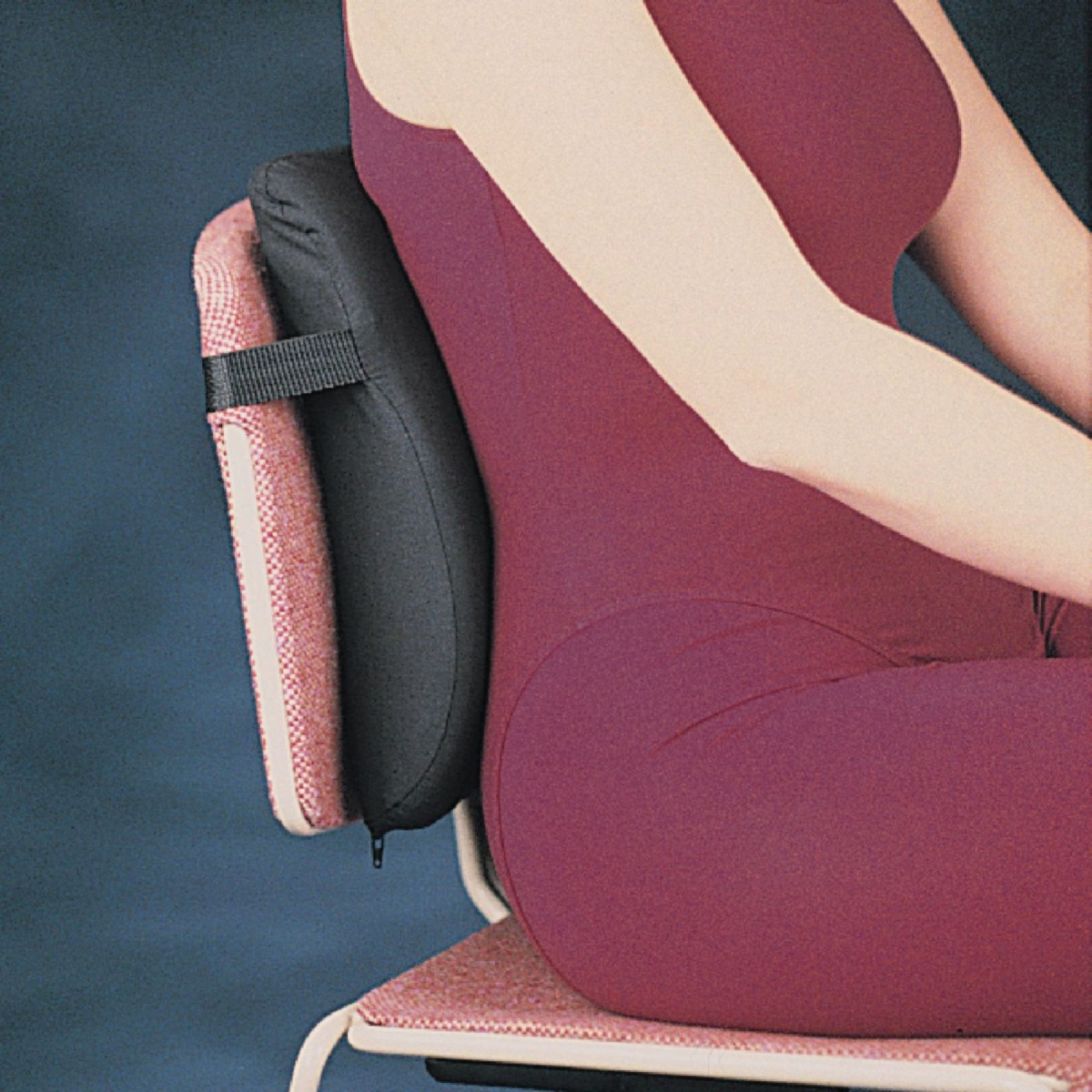

This Rolyan Low Profile Cushion maximizes comfort and supports your lower back. It also promotes proper posture.
Posture Support Straps
Flexible kyphosis can be improved using strap systems that hold the torso in the correct alignment and posture.
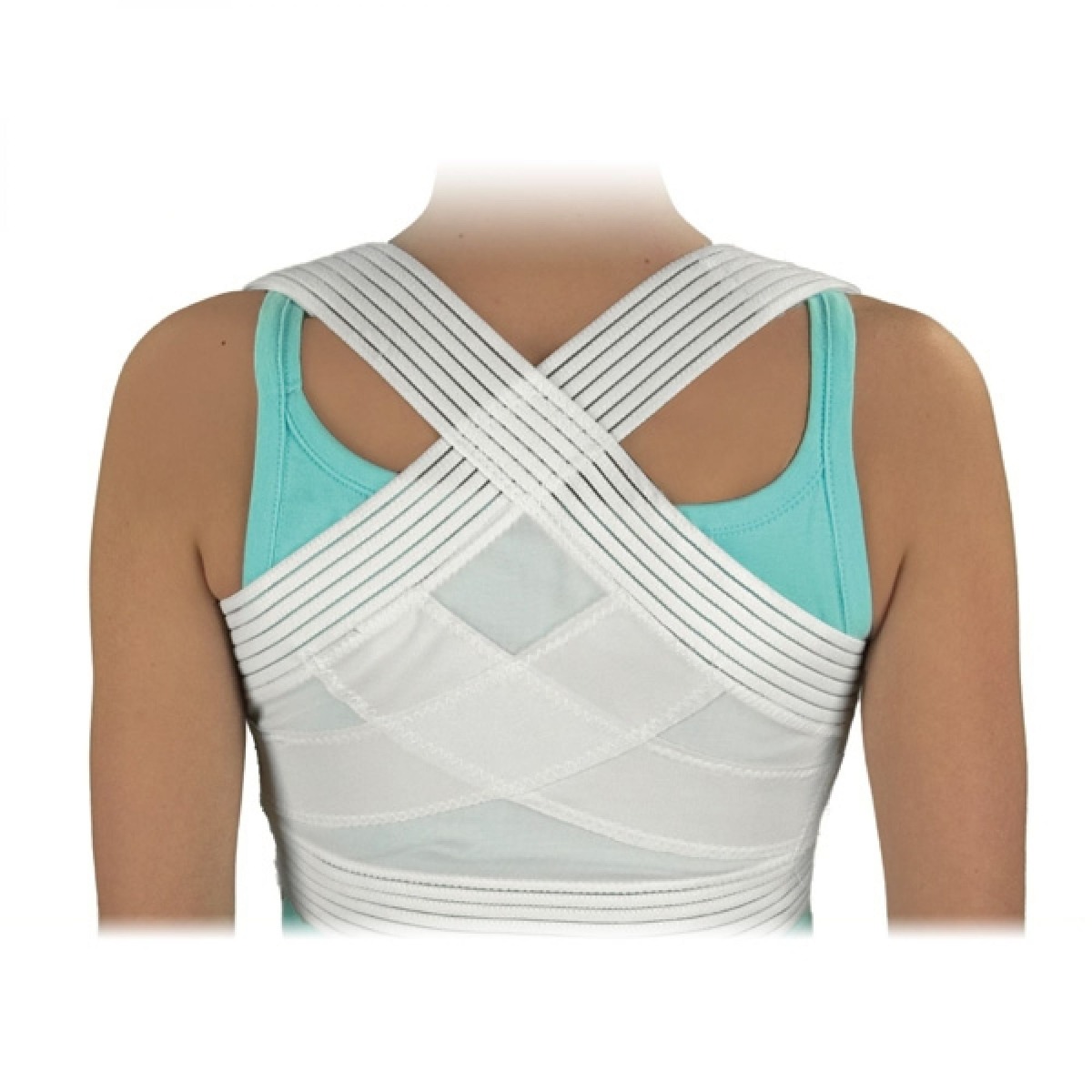

This Posture Support Corrector helps decrease thoracic kyphosis. It features a hook and loop closure in the front, making it easy to put on.
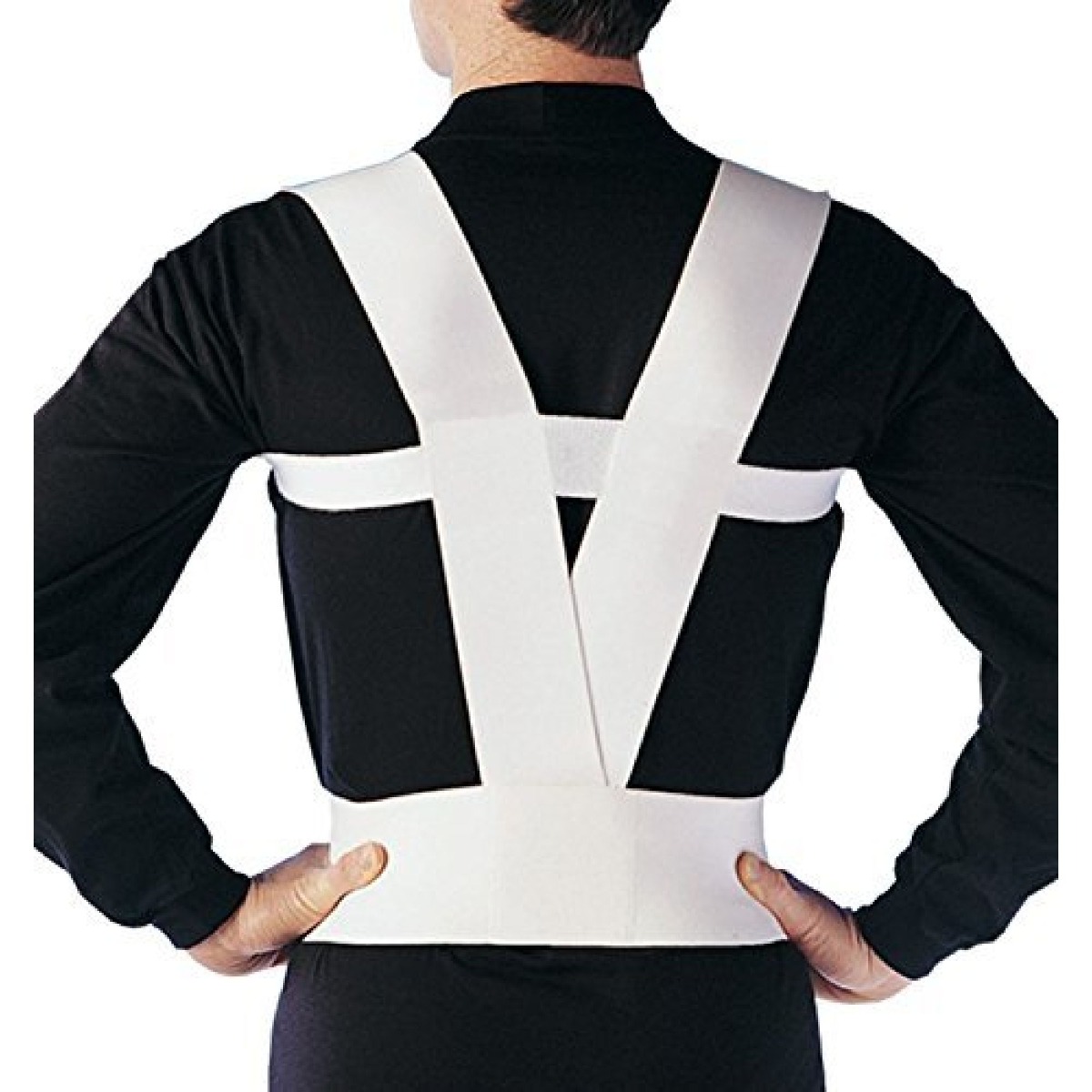

This Posture S’Port Back Support can be worn over or under clothing. Comfortable elastic straps gently pull the shoulders and back into the correct position.
Most types of kyphosis can be treated. These exercises and supports can help you feel better and improve the rounded appearance of your back.
References
Ball, J. M., Cagle, P., Johnson, B. E., Lucasey, C., & Lukert, B. P. (2008, July 26). Spinal extension exercises prevent natural progression of kyphosis. Retrieved from https://bit.ly/2I27imh
Katzman, W. B., DPTSc, Sellmeyer, D. E., MD, Stewart, A. L., PhD, Wanek, L., PhD, & Hamel, K. A., PhD. (2007, February). Changes in Flexed Posture, Musculoskeletal Impairments, and Physical Performance After Group Exercise in Community-Dwelling Older Women. Retrieved from https://bit.ly/2MZWUuc
Types of Spine Curvature Disorders. (n.d.). Retrieved from https://wb.md/2Gc7dH8
Medical Disclaimer: The information provided on this site, including text, graphics, images and other material, are for informational purposes only and are not intended to substitute for professional medical advice, diagnosis or treatment. Always seek the advice of your physician or other healthcare professional with any questions or concerns you may have regarding your condition.

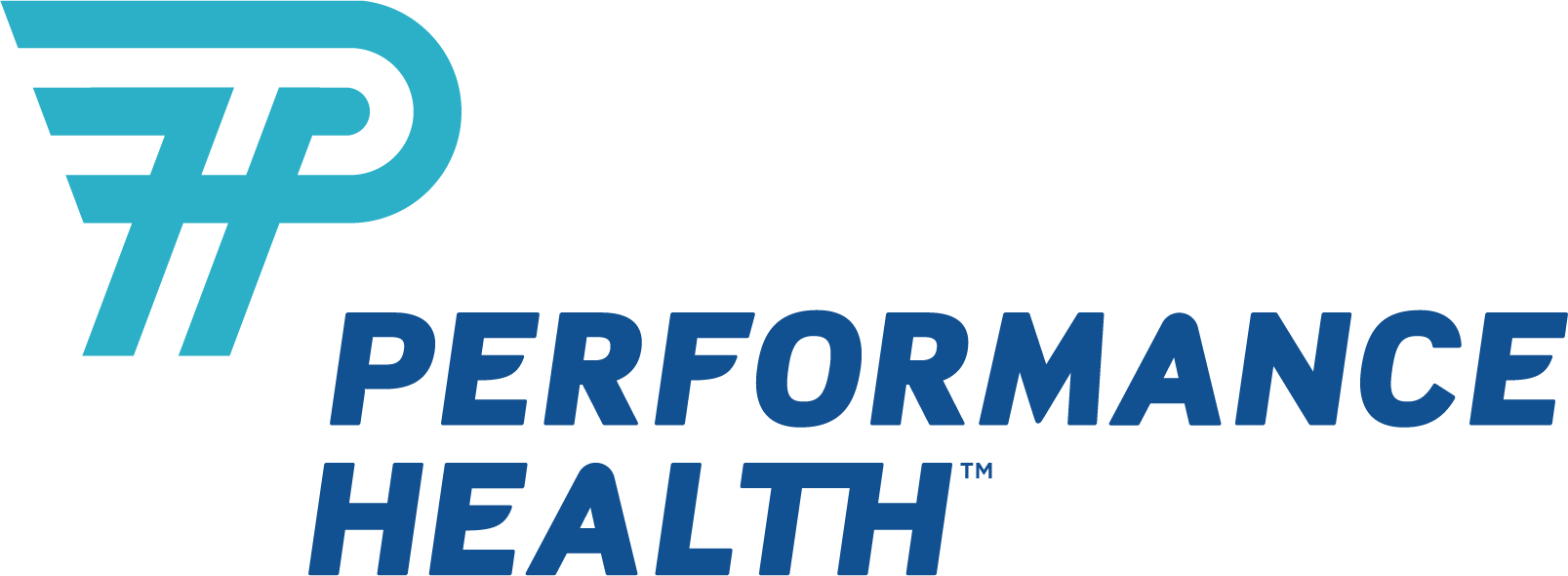






 France
France Australia
Australia